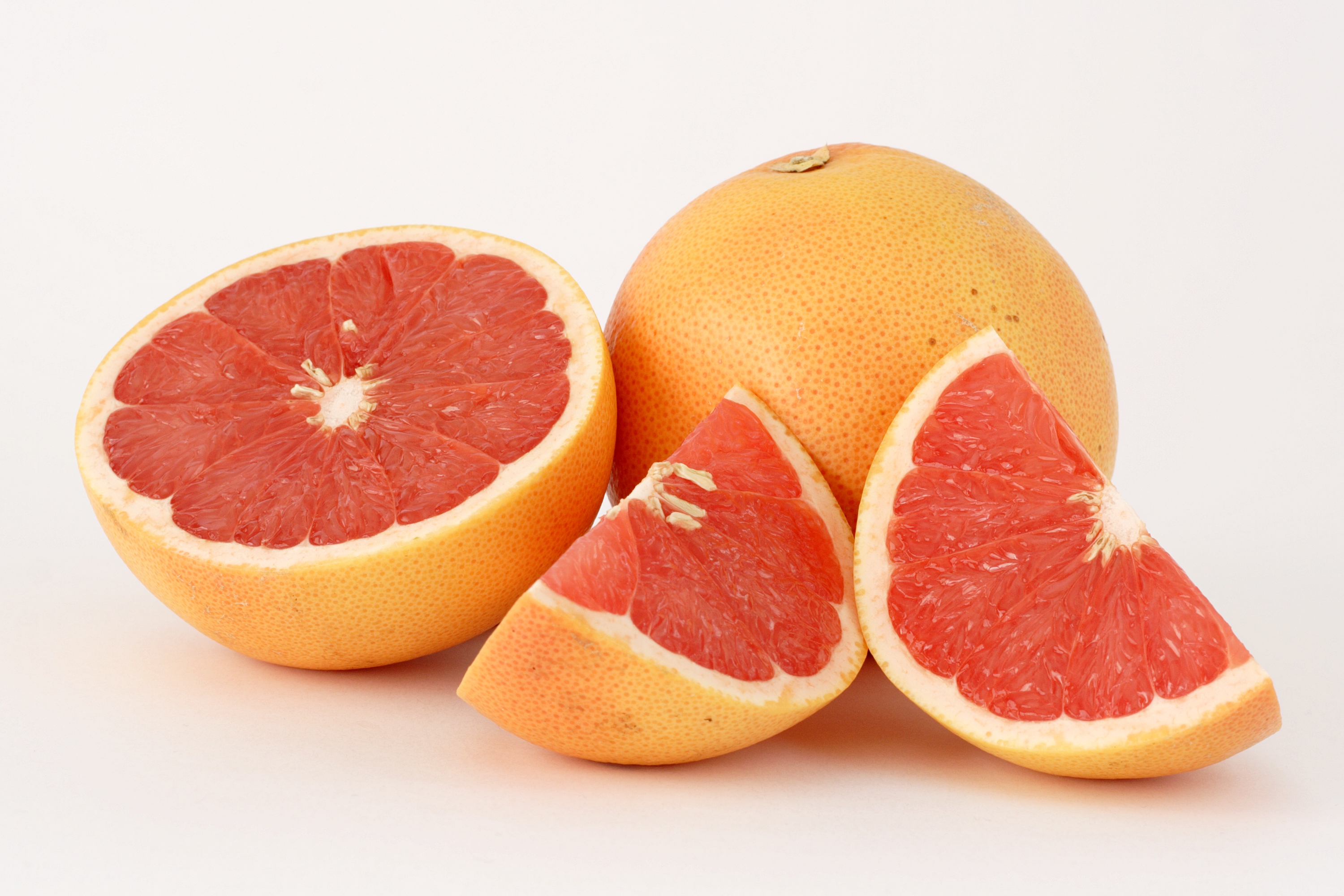Try this...
keep up with which cuts are tops and which cuts are lower branches... My guess is that the lowers will be more likely than not the duds and the cuts from higher up will be the good performers.
keep up with which cuts are tops and which cuts are lower branches... My guess is that the lowers will be more likely than not the duds and the cuts from higher up will be the good performers.




